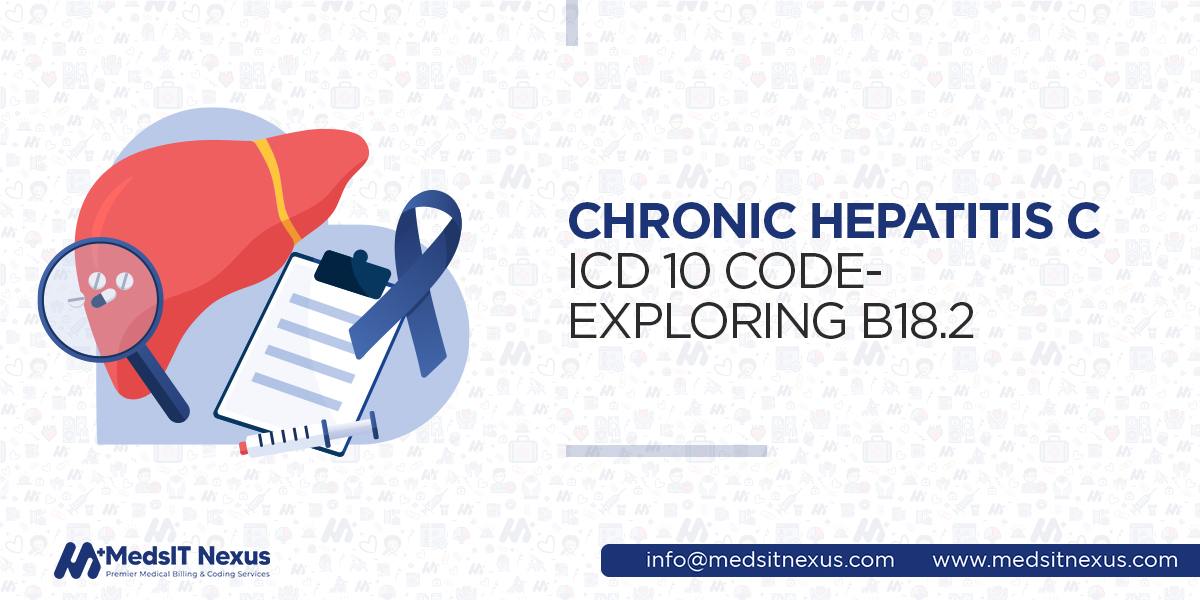Internal Medicine - Coding Best Practices Guide

The medical coding and billing arena is filled with fascinating advancements and opportunities that sometimes challenge medical coders or physicians to stay current. It is safe to say that healthcare providers are perpetual to the innovative technologies arising and simplifying the coding process and new regulations and reimbursement models. However, accuracy in medical coding remains unchangeable and is associated with various techniques, including medical billing, insurance claims, and, ultimately, the financial health of organizations.
Whether a general medicine or specialist such as an "internal medicine specialist," complying with the best coding practices is paramount for generating the organization's revenue line and providing quality patient care. Moreover, internal medical specialists must keep sharp at the novel trends and updates in coding and payer requirements to avoid the challenges of coding chronic and complex internal medical conditions. They must ensure proper coding for the services delivered guided by international ICD and CPT Codes and regularly review and update codes to ensure the practice's compliance with the latest regulations.
MedsIT Nexus is a prominent internal medicine coding services provider and has been working smoothly to provide businesses with efficient coding and billing solutions. This article is a comprehensive guide on the best practices to follow in the complex rink of internal medicine coding for healthcare professionals.
What Is The Difference Between General And Internal Medicine Practice?
General Medicine - in general medicine, the physician can treat a patient of any age or gender.
Internal medicine - refers to the medical specialty, and the physician specializing in internal medicine is known as an "Internist." Internal medicine physician treats adults specifically and is dedicated to diagnosing, preventing, and managing chronic medical conditions occurring only in adults. The subspecialties include:
- Cardiology
- Hematology
- Allergy and Immunology
- Infectious diseases
- Oncology
- Nephrology
- Gastroenterology
- Rheumatology
- Pulmonology
Internal Medicine - Coding Best Practices Guideline
Evaluation and management suit an expert coder, and understanding the elements of a code makes them confident to select the most accurate for a specific service. Physicians must crystal clear about the level of each patient visit to which the code is needed. An internist's evaluation while coding and documenting the condition is a significant part of the bottom line, and the following are the steps that assist them in attaining success.
Stay Updated With Coding Best Guidelines And Practices
To tackle the complexity of coding internal medicine, the internists must keep themselves up-to-date with the latest regulations and policies. Since authorities keep revolutionizing the approaches to better the care and cash flow of the healthcare industry, providers should be aware of the changing coding policies, payer requirements, and medicare guidelines. Moreover, they must follow the guidelines to ensure their internal medicine practice complies with the medical coding and billing regulations, HIPAA, and OSHA policies.
Double Check Patient Coverage And Eligibility
Healthcare providers must notice that the patient is eligible for the services provided and owns coverage to attain reimbursement from insurance providers. Because patients lapsing the coverage for required services may pose billing issues. Professionals should avoid the hassle of entire revenue while facilitating patients without coverage. Verifying patient eligibility and coverage will help you skip the inconvenience of denials and arrange timely payments.
Conduct Regular Reviews And Audits
Regular audits are the most effective way to detect the strengths and weaknesses of your healthcare practice and revenue. Internal medicine practices must conduct regular audits of their medical billing and coding as it will help you identify what best works for your practice's success and what doesn't. You may identify coding errors, causes of denials, and any issues influencing the organization's overall revenue.
Accurate Patient Information Documentation
Healthcare practices optimize revenue by following various methods like credentialing of providers and integration of efficient electronic software. Organizations must ensure the hiring of educated and trained professionals who accurately document patient information as it directly influences the coding and billing. The professionals must be prepared to enter specific and detailed information, including the diagnosis, treatment, and other relevant information.
Use An Electronic Medical Record (EMR) System
An electronic medical billing record will help you keep the practice efficient. It is a digitized chart of information on a patient's medical history, immunization date, allergies, medications, doctor's notes, treatment history, diagnosis, and health goals. It automatically processes medical organization's billing and increases the practice's efficiency. Moreover, the system helps you decrease the error ratio and ensure consistent documentation.
Document Medical Necessity
Insurance payers focus on reimbursing services that they understand completely and ensure why was a specific service delivered. The practitioners must document the medical necessity of the services provided and the relevant information about the patient's medical history or current condition to support why a specific service was essential to treat the patient.
Appropriate Use Of Modifiers
Internal medicine requires the appropriate use of modifiers while coding the service to indicate a service or multiple services were provided as a part of a process in a single visit. To avoid the hassle of claim denials, providers must focus on correctly using modifiers while coding internal medicine.
Some Common Coding Challenges In Internal Medicine
Internists in medical coding face several challenges; thus, medical specialists need to align with improved coding standards. The professionals must understand the relevant medical terminology, coding guidelines, and documentation requirements. The common challenges in the practice are:
Coding For Preventive Services
A healthcare provider in internal medicine provides several preventive services. Appropriate documentation and coding can challenge providers as they require specific codes and modifiers.
Coding For Complex Patient Medical Conditions
The conditions that require multiple diagnoses and treatment also challenge providers in coding. Internal medicine experts find it essential to cope with patients with chronic diseases, and appropriate coding and documentation of these services is necessary to attain reimbursement.
Care Coordination Services
Some conditions require physicians to coordinate care practice with other expert healthcare providers. The documentation for these services needs specific codes for care coordination service, including communication with other healthcare providers or referrals to specialists.
Accurate coding sets the bridge between quality patient care and optimized revenue cycle management. Sticking to the best practices, internal medicine specialists can ensure the precise documentation of their services, comply with regulations, and maximize their revenue. Moreover, the ever-evolving healthcare phase leads practitioners to stay informed, keep educating themselves, and collaborate with a dedicated healthcare team to overcome the challenges of ever-evolving coding for internal medicine.
MedsIT Nexus medical billing and coding services efficiently provide medical coding solutions to intricate internal medicine practices. Our solutions are up-to-date and confident to ensure the best possible healthcare outcomes. Get in touch with our system and explore how we handle your internal medicine needs so you can facilitate your patients with proper care and organization with the best revenue.
Marshall-Russ, Technical Author -
Healthcare IT & Data Systems Analyst at MedsIT Nexus
Edit Technical documentation, workflow automation insights, and data-driven RCM improvement publications following our standard publication protocols.
Other Editors
Samuel White - Dr. Sana Pervez -Related Posts

Chronic Hepatitis C ICD 10 Code – Exploring B18.2





